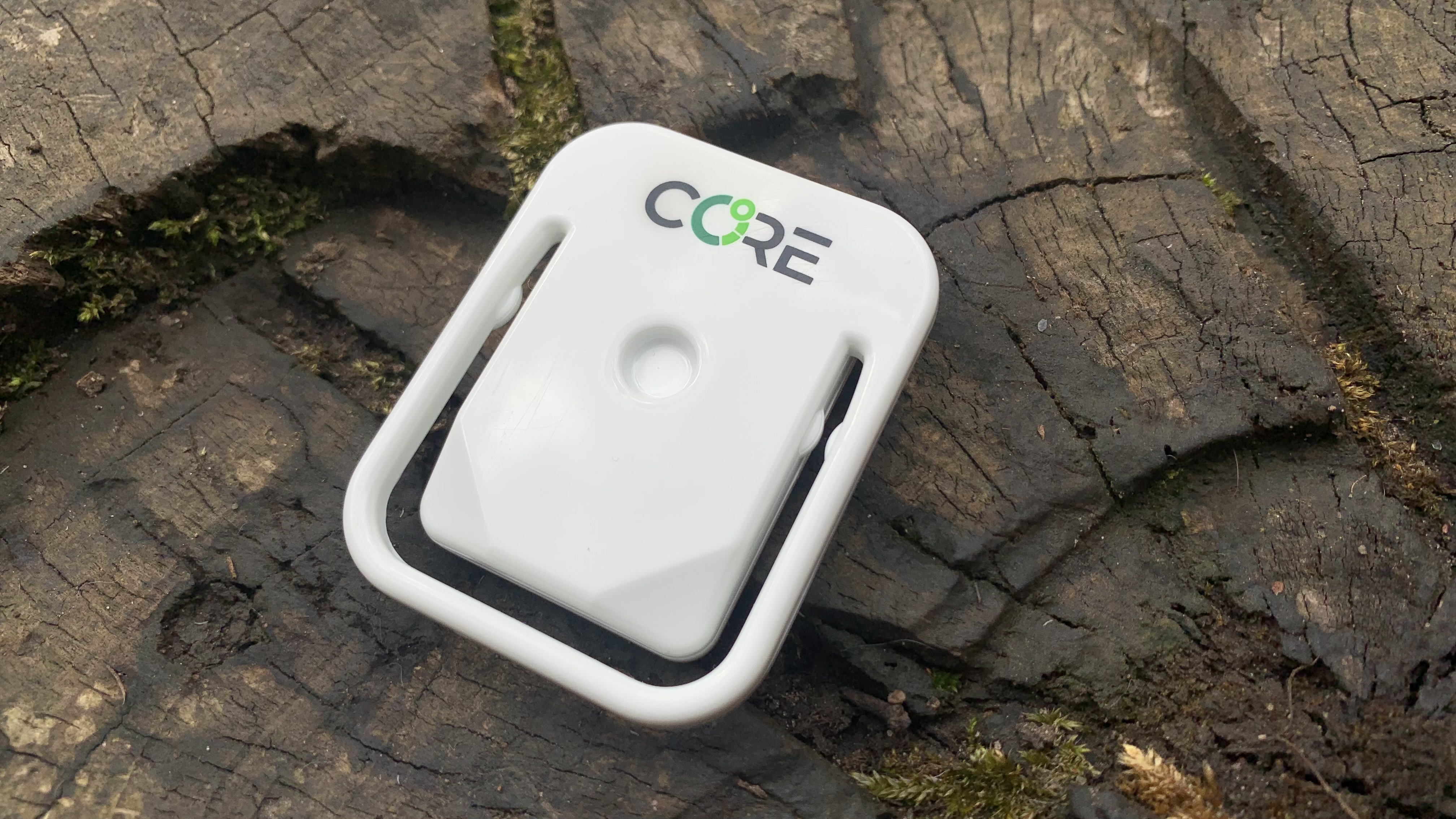These are the 7 best National Parks for bear sightings
Want to get a glimpse of a grizzly or black bear? The 7 best National Parks to see bears in the wild offer you the best chance of a viewing, in some of the most stunning scenery in the country
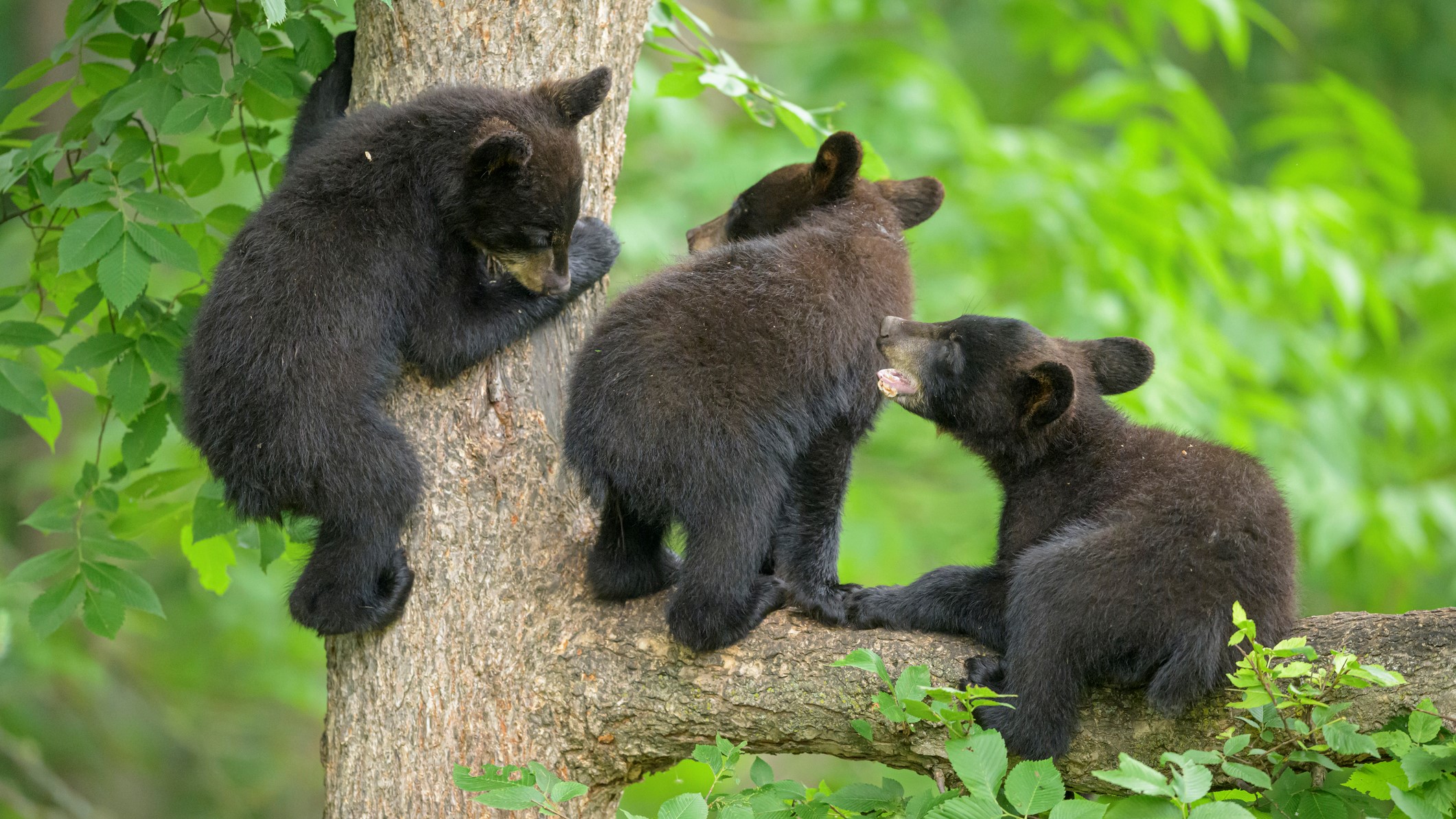
Bears are waking up from their long winter nap, and if you’re planning to visit a National Park this year, you might be keen to spot one while they’re most active during the summer months. Seeing a bear in the wild is a truly thrilling experience, as long as they’re not running towards you, and US National Parks can be thanked for helping to restore bear populations in the US. These scenic locations are home to thousands of black and grizzly bears, making them great places to test out your new binoculars as well as your hiking boots.
Black bears are common to all but a few states in the country, so they’re likely to hang out in lots of National Parks, but the ones that have made this list are the places where a sighting is likely. Grizzly bears, on the other hand, are more rare, but you may still be able to catch a glimpse of one in a few National Parks.

Understand that both types of bear are most active around dawn and dusk, so while sightings are never guaranteed, you’ll have a better chance of glimpsing some megafauna earlier in the day before your hike, or later around sunset. Before you even enter a National Park with bears, read up on what to do if you meet a bear as encounters aren’t always planned, and while bears often move away from humans, they can attack when startled or provoked.
In general, hiking on trails is recommended over trail running, to avoid startling bears, and it’s helpful to make some noise such as chatting while you walk. On hikes, carry bear spray within easy reach and know how to use it, and keep your wits about you when you’re moving about in the wild. If you’re camping in a National Park with bears, make sure you follow all guidelines about food storage and use the bear canisters provided.
Now, with all of those warnings out of the way, let's get back to the best National Parks to see bears in the wild.
1. Katmai, Alaska

If you’re serious about bears, you’ll head to Katmai National Park, one of the best grizzly bear viewing areas in the world (and genius behind the now-famous Fat Bear Week). Katmai makes up for its lack of black bears with the highest concentration of grizzly bears in the world. The park is home to some 2,000 grizzly bears (brown bears), for whom the park was established to protect, and in late June when the salmon return to Brooks River, the bear sightings in the area are at their peak and remain so during July. You can only access this park by air or boat, which means you have to be quite adventurous, but the park does generously provide a webcam for viewing bears during daylight hours from anywhere in the world.
2. Denali, Alaska
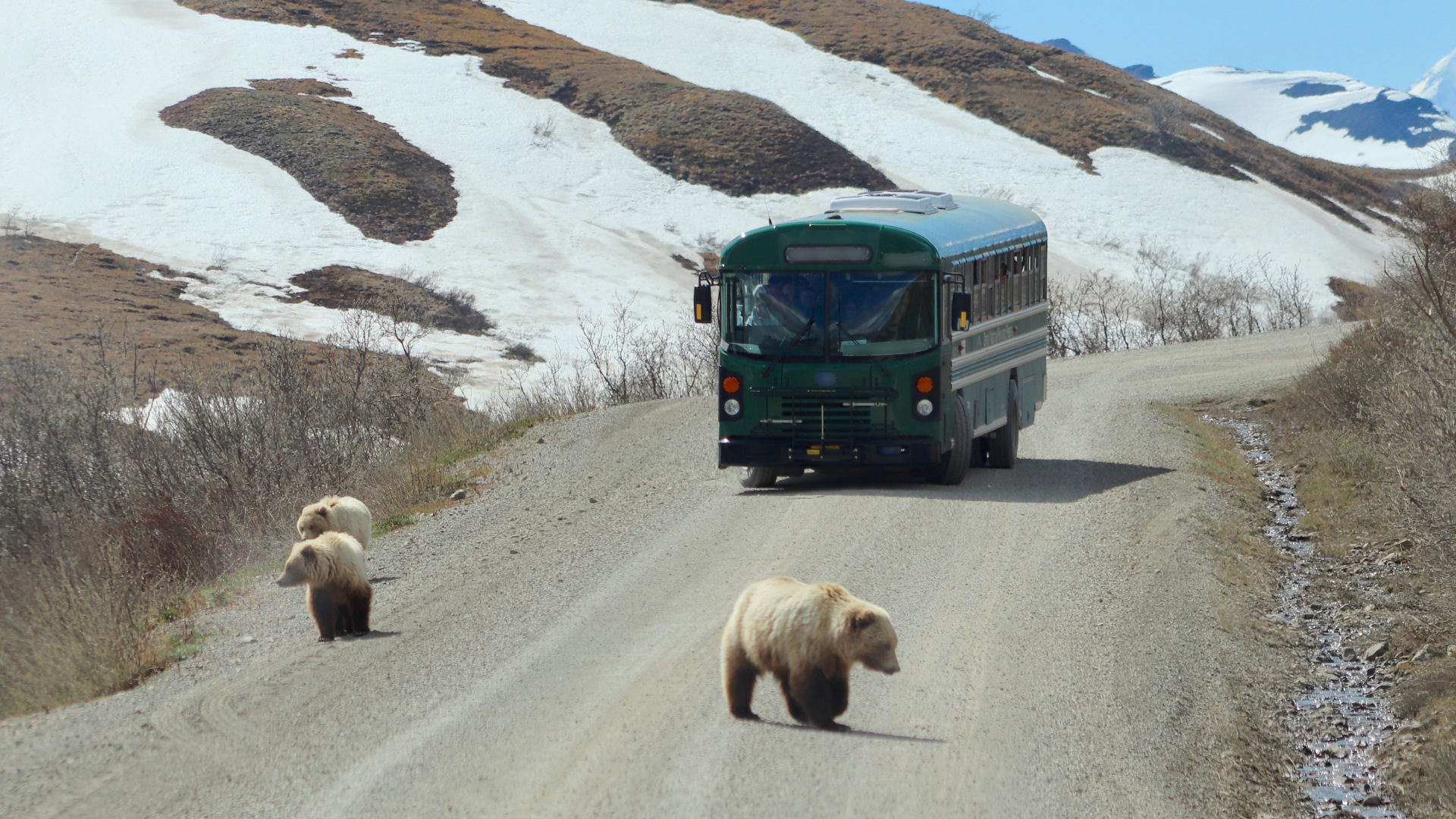
Sure, the main reason to visit Denali National Park is to see or hike North America’s highest mountain, but in protecting six million acres of wilderness in Alaska’s interior, this park also houses some 350 grizzly bears and nearly 3,000 black bears. For your best chance of viewing a grizzly, take a bus tour along Denali Park Road. Look out for black bears in forested areas in the western portion of the park, south of the Alaska Range.
Advnture Newsletter
All the latest inspiration, tips and guides to help you plan your next Advnture!
3. Yellowstone, Wyoming
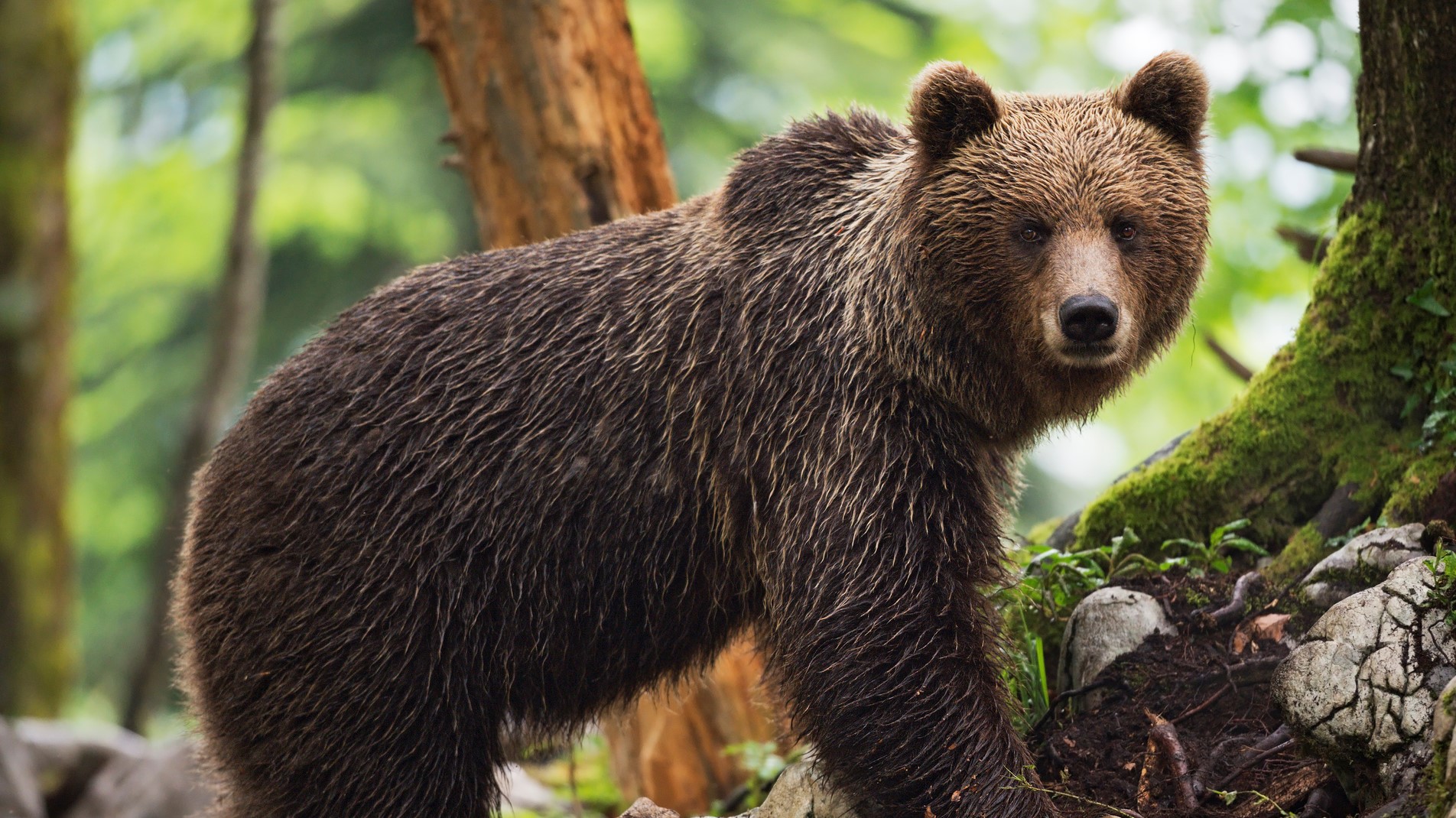
Yellowstone National Park isn’t all bison – it also houses the largest population of megafauna in the lower 48 states, including grizzly bears and black bears. As of 2016, approximately 700 grizzly bears and 500-600 black bears were estimated to live in the greater area of Yellowstone. To get your eyes on a grizzly, head to Lamar Valley, Gardiners Hole, Antelope Creek meadows, Dunraven Pass, Hayden Valley and the wet meadows near the East Entrance of the park. Black bears are most commonly spotted on the northern portion of the park along the road corridor from Elk Creek to Tower Falls and from Mammoth Hot Springs north to Indian Creek, or in the Bechler region in the southwest corner of the park.
4. Grand Teton, Wyoming
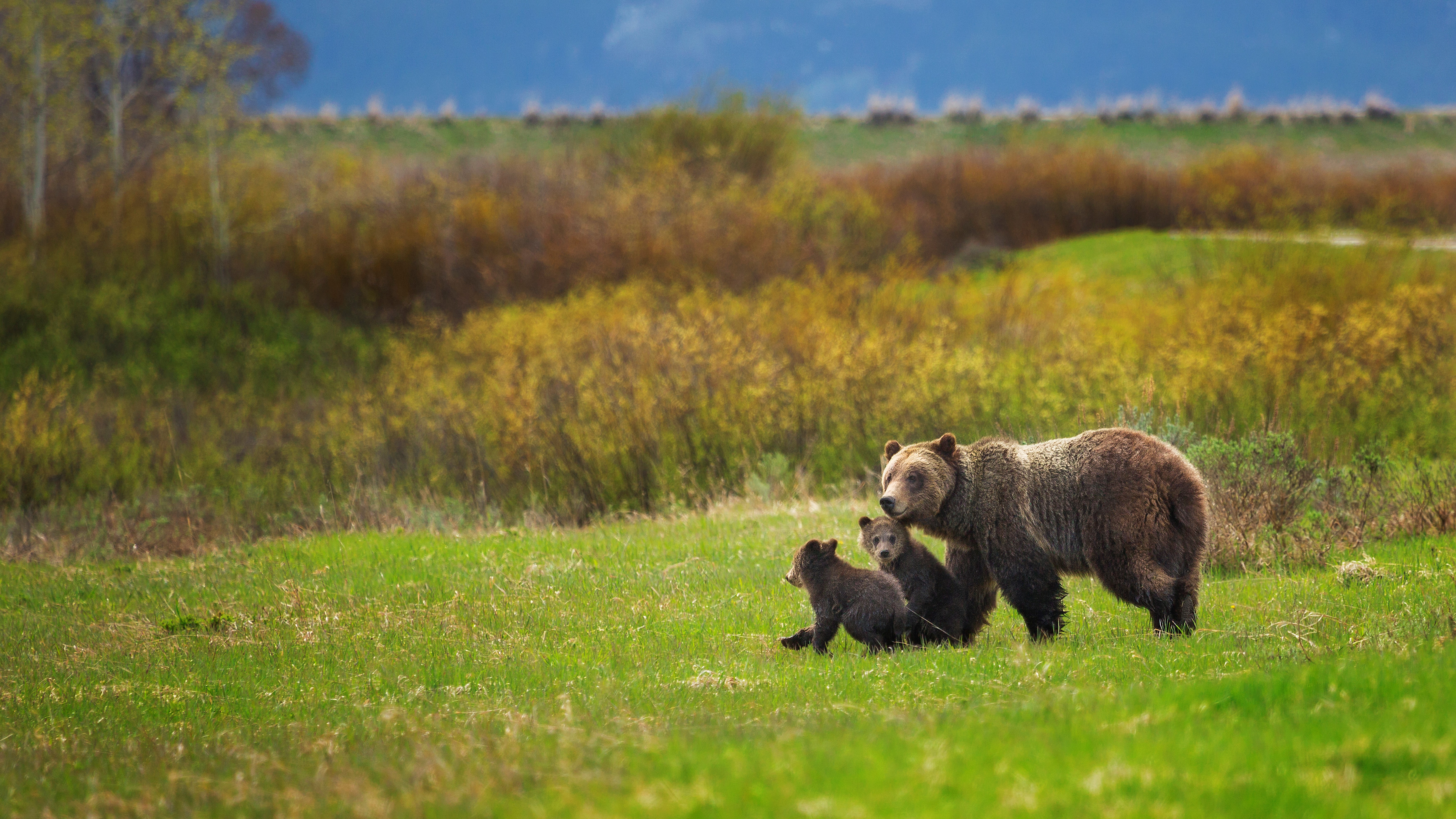
Grand Teton National Park is included in the Greater Yellowstone Area, so the chances of spotting a grizzly or black bear here are not unlike nearby Yellowstone. The likelihood of viewing a grizzly here is on the rise, and the best places are Antelope flats, Willow Flats, Pacific Creek and the Moose-Wilson Road, whereas Signal Mountain and Jenny Lake Road are the best spots of black bear viewing in summer.
5. Glacier, Montana
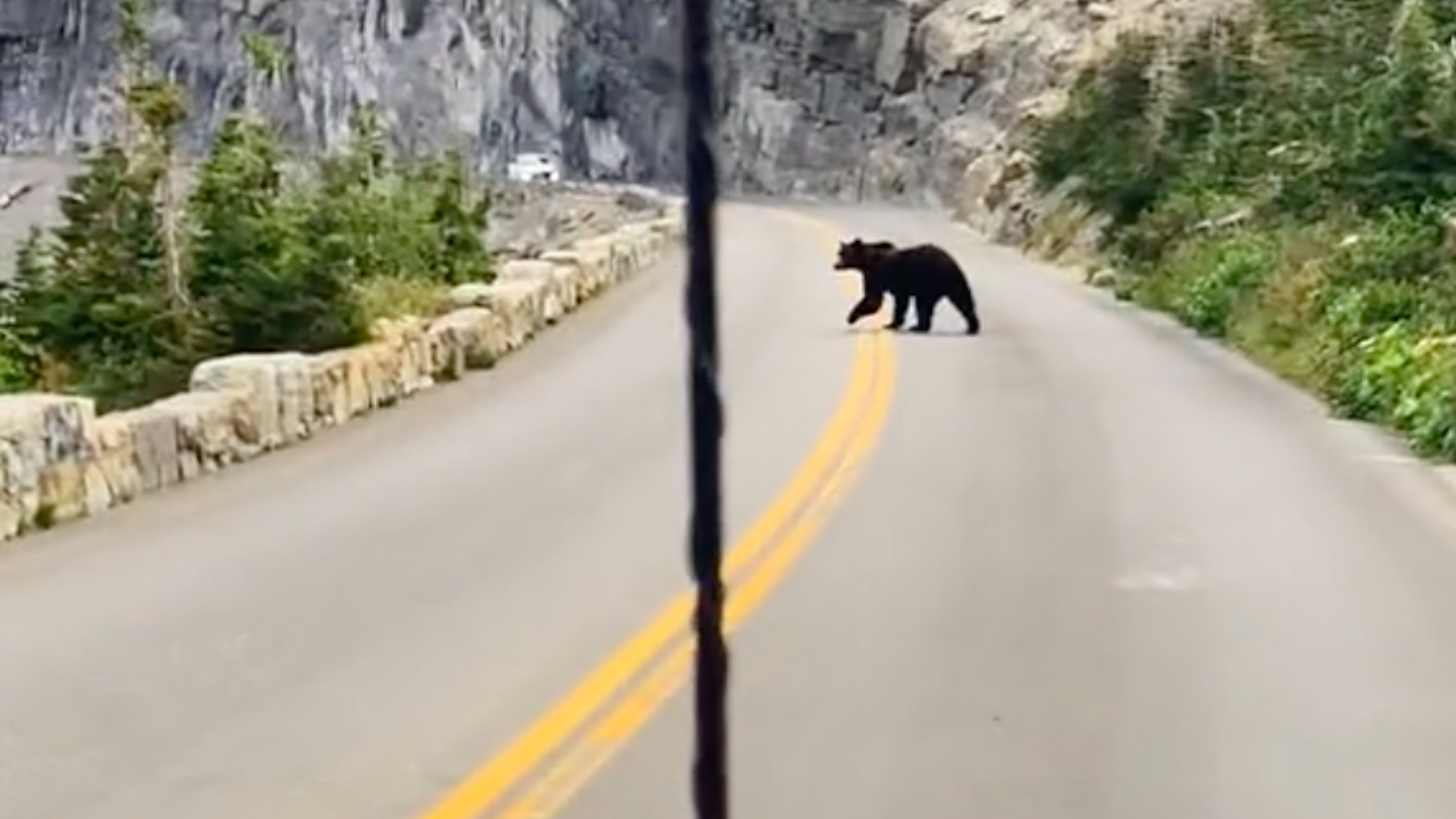
Montana’s Glacier National Park is another park where grizzlies and black bears coexist, and the park is thought to be home to nearly a thousand bears these days. Head to Logan Pass right in the heart of all the action or St Mary Valley and Many Glacier for great grizzly viewing. Black bears can be found all over the park, but St Mary Valley is also a great sport for near-guaranteed sightings.
6. Great Smoky Mountains, North Carolina and Tennessee
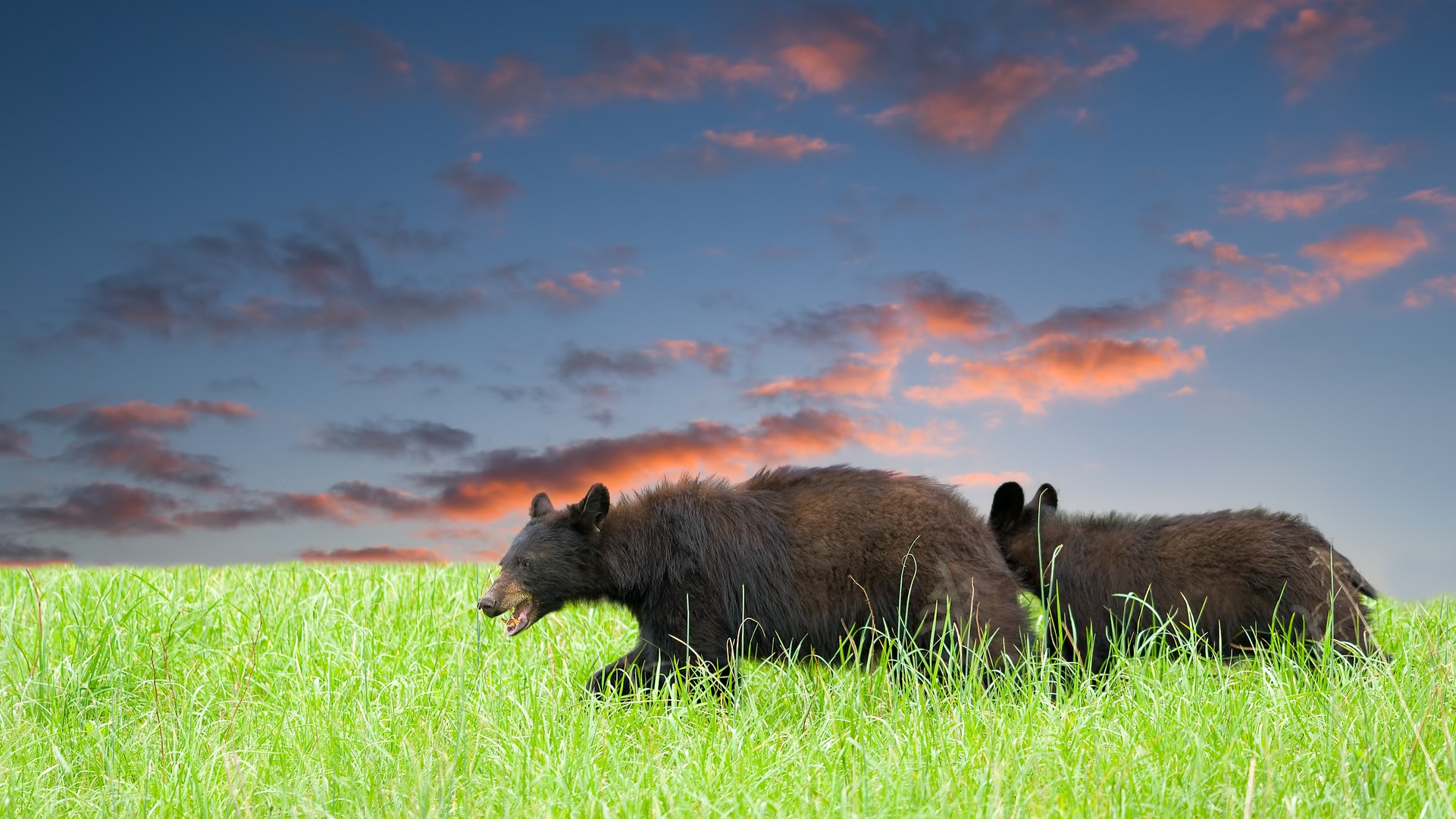
Don’t think that all the good bear viewing is out west – Great Smoky Mountains doesn’t just hold the distinction of being the country’s most-visited National Park, it also has the most bears in the lower 48. Biologists estimate that there are nearly 2,000 black bears here, or two bears for every square mile, and they can be found at all elevations in the park, meaning the chances of a sighting are good. Most visitors head to Cades Cove, an 11-mile hiking and biking loop, whilst sightings along Roaring Fork Motor Nature Trail and Newfound Gap Road are common too.
7. Shenandoah, Virginia
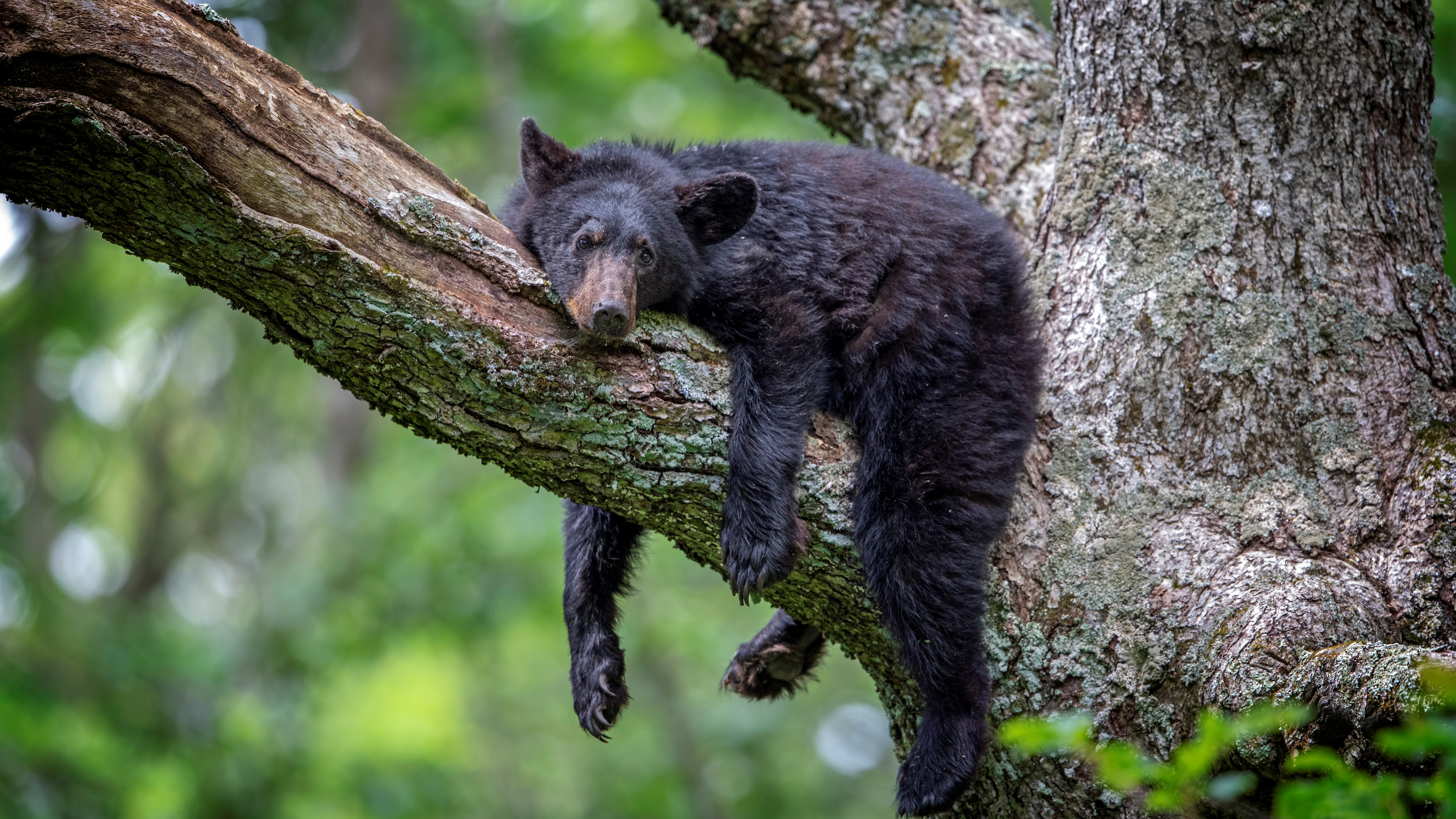
Also out east, head just 75 miles from DC, and discover the startling tranquillity of Virginia’s Blue Ridge Mountains in Shenandoah National Park, where scientists have been studying bears off and on since the 1970s. The black bear population here can be as high as a thousand bears at a time, up from a mere 10 back in 1944. There are no grizzlies down here, but black bear viewing is a popular activity for visitors to Shenandoah, who flock to spots like Rose River Falls, Skyline Drive, Big Meadows, Trayfoot Mountain and Bearfence Mountain for the chance of a glimpse.
Julia Clarke is a staff writer for Advnture.com and the author of the book Restorative Yoga for Beginners. She loves to explore mountains on foot, bike, skis and belay and then recover on the the yoga mat. Julia graduated with a degree in journalism in 2004 and spent eight years working as a radio presenter in Kansas City, Vermont, Boston and New York City before discovering the joys of the Rocky Mountains. She then detoured west to Colorado and enjoyed 11 years teaching yoga in Vail before returning to her hometown of Glasgow, Scotland in 2020 to focus on family and writing.

